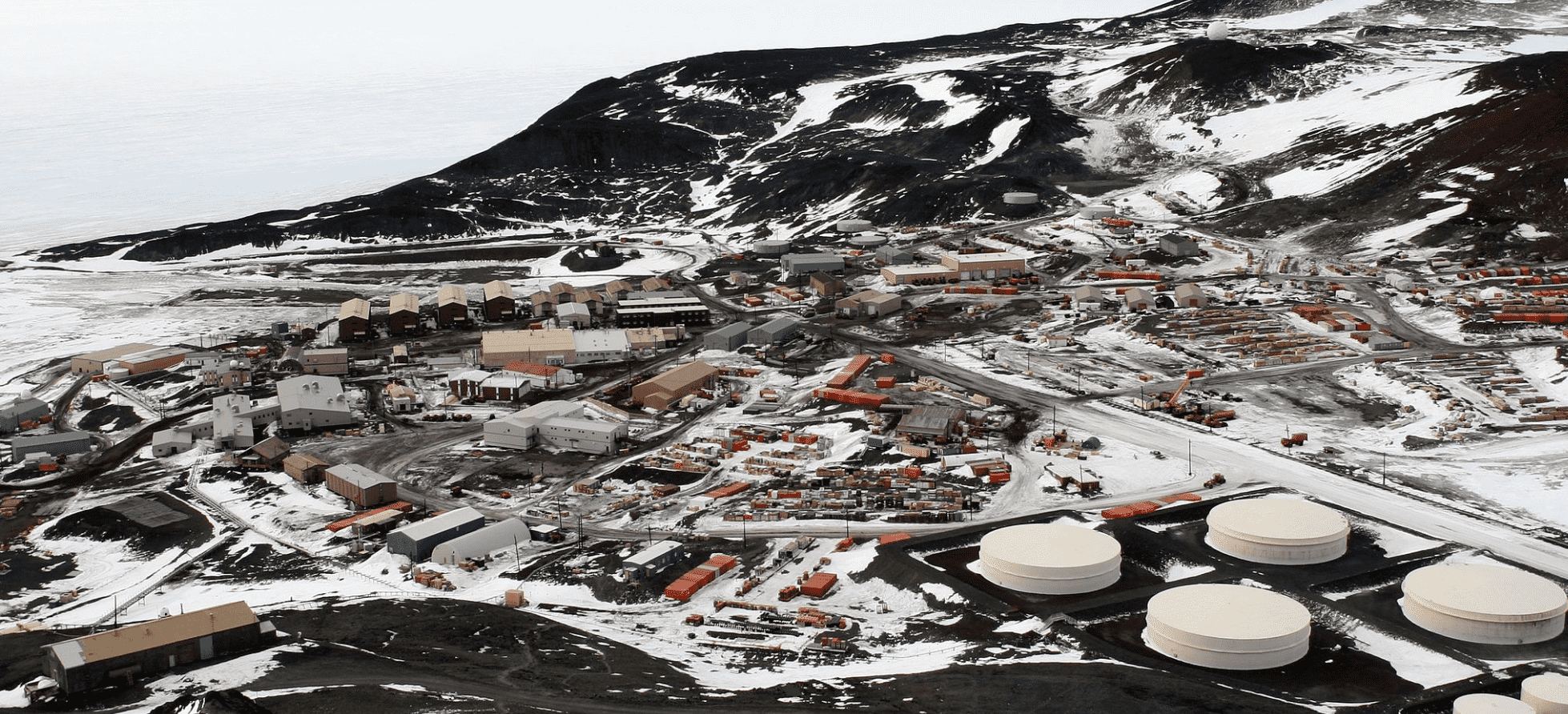When you go on a camping trip, when is it really tough? When are you really roughing it?
It is really tough if there is no supply store and no facilities at the place you are going. If you have to bring everything with you in your car then that makes it tougher.
If there is a gas station, running water and cabins for rent, then it becomes more like a rest stop on the highway.
The moon is a continent-sized place that is cold and difficult. The Moon has frozen ice. What do we do when we seriously want to research a remote continent-sized place that is cold and difficult. The example of that is Antarctica. Antarctica has McMurdo Station and dozens of other research stations.
Another example of a continent-scale undertaking was the Allied invasion of continental Europe. There was the D-Day invasion. This was followed by the construction of Mulberry temporary portable harbors. They were temporary harbors because the plan was to militarily capture the permanent ports. We have no permanent ports on the moon yet. We have to build it all ourselves.
More recent examples of military logistics would be the bases set up in Afghanistan or Iraq. They have fuel and supply depots. Key supplies are water. We had a lot of drones flying out of the Iraq bases. They would refuel and fly out for about eight-hour missions.
There are not many pictures of military drone bases but they are basically fuel depots and runways and buildings. The moon has no air so the drones would lunar lander like hoppers. It would still be useful to have landing pads to avoid lunar dust causing equipment issues.
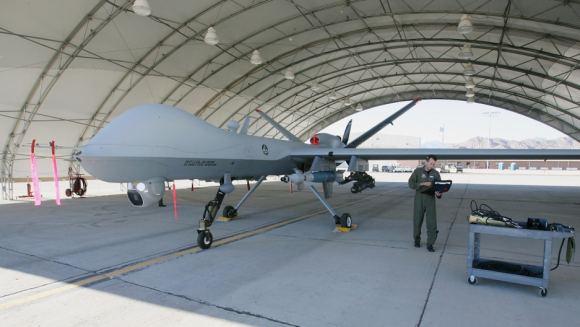
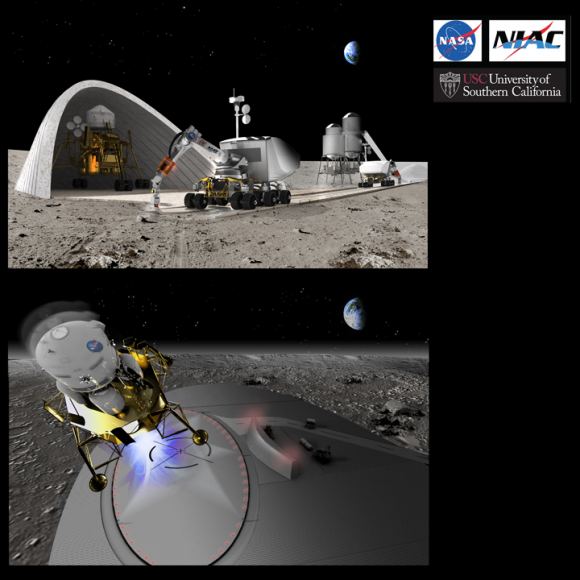
We are looking at a larger range of drone operations than Afghanistan, Syria and Iraq combined. We need to cover more area on the moon.
The moon has a lot of polar ice in shadowed craters. We can easily mine an area of 2.5 to 25 acres for 2540 tons of water which can make 1640 tons of fuel per year.
We can land 8 to 11 tons of material and equipment on the moon with each Falcon Heavy mission. 8 tons is about the amount that you can put into a shipping container. Think of an 18-wheel moving truck for moving from one house to another.
The first truckloads need to have the gear to melt the lunar ice and make 1640 tons of fuel. 1600 tons of fuel is 200 truckloads of fuel every year.
Making our own fuel on the moon will lower costs by eighty times than hauling it from Earth.
We build the mining operation on the moon and the processing for water into fuel. This will only take one or two SpaceX Falcon Heavy truckloads of material. Then we can send robotic drones all over the Africa-sized continent of the moon.
Then we build the McMurdo station and other research stations on the moon. McMurdo station has up to 1000 people living and working. There is Scott base with up to 200 people.
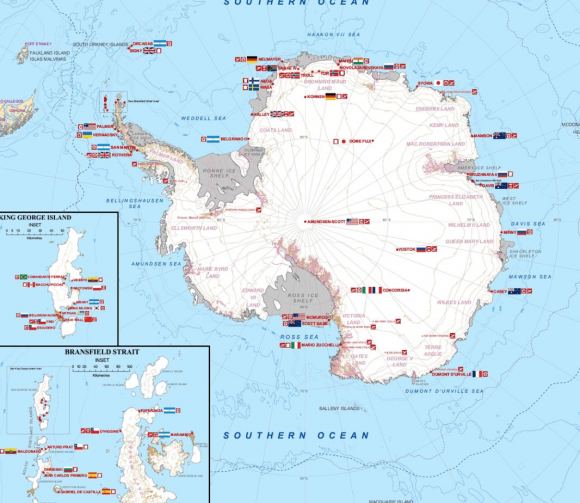
Here is map of the dozens of research bases on Antarctica. We are looking at the same scale of exploration and research on the moon.
McMurdo did have a 1.8 MW nuclear reactor for about ten years but the nuclear reactor was not a good design. New nuclear reactors for space have been designed which would not have the complex piping of water boiler reactors. The new Los Alamos national lab Kilopower and Megapower design would use heat exchangers. There is no leakage or meltdown issues possible based on passive systems.
The reactor or other power systems at McMurdo produce several tons of desalinated water every day.
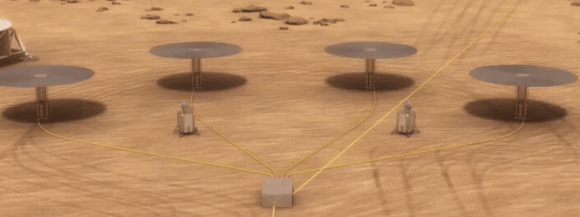
McMurdo also has a hydroponics greenhouse to grow about 180 kilograms of fresh vegetables every month.
Think Continent Scale Operations
We need to shift to thinking about logistics and supply chain for continent-scale drone operations. Would it work to have no gas stations in Africa? One gas station in Africa? Is there one base or one fuel depot on Antartica or in Iraq and Afghanistan? No, there are many.
Written by Brian Wang of Nextbigfuture.com

